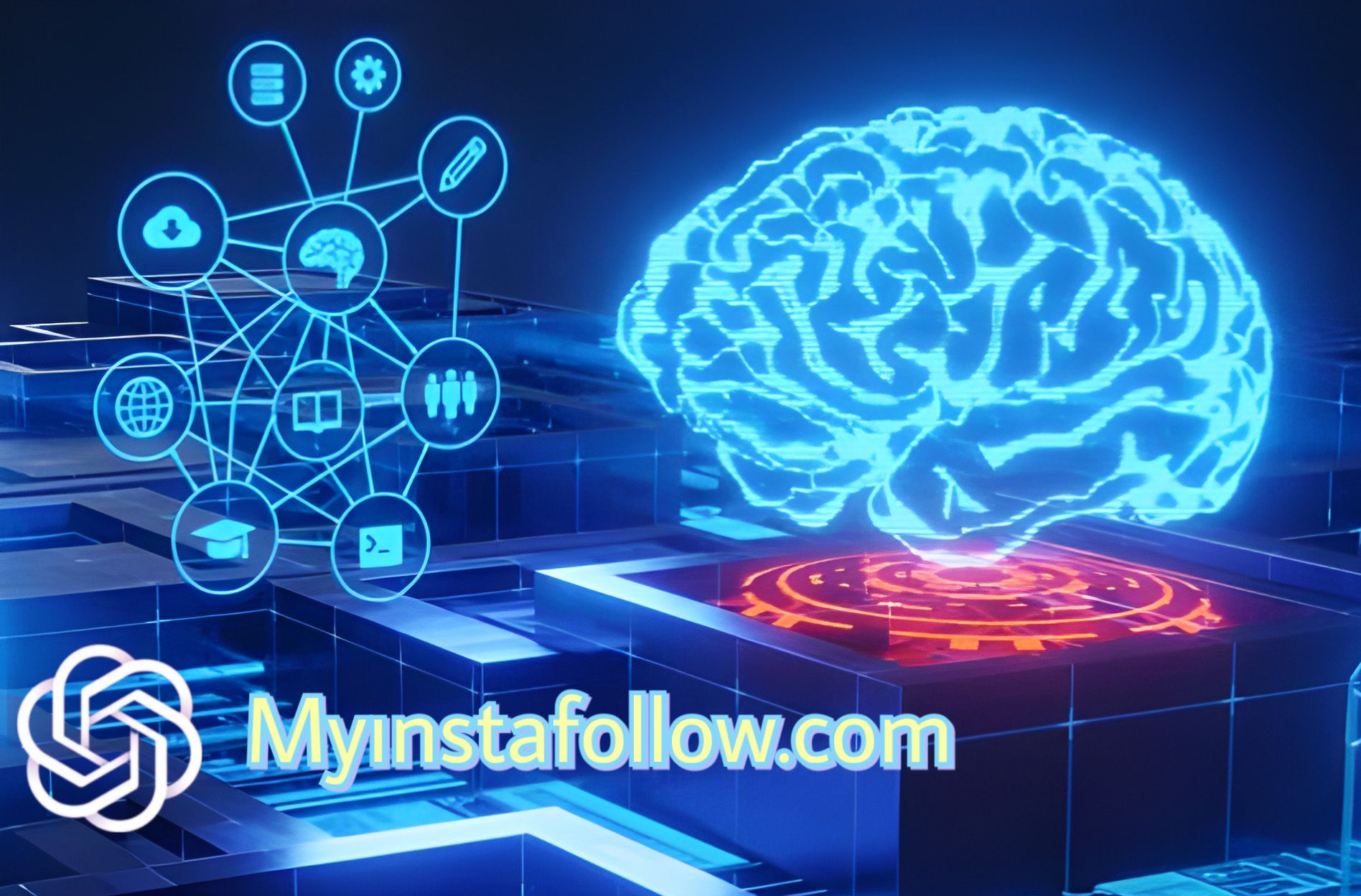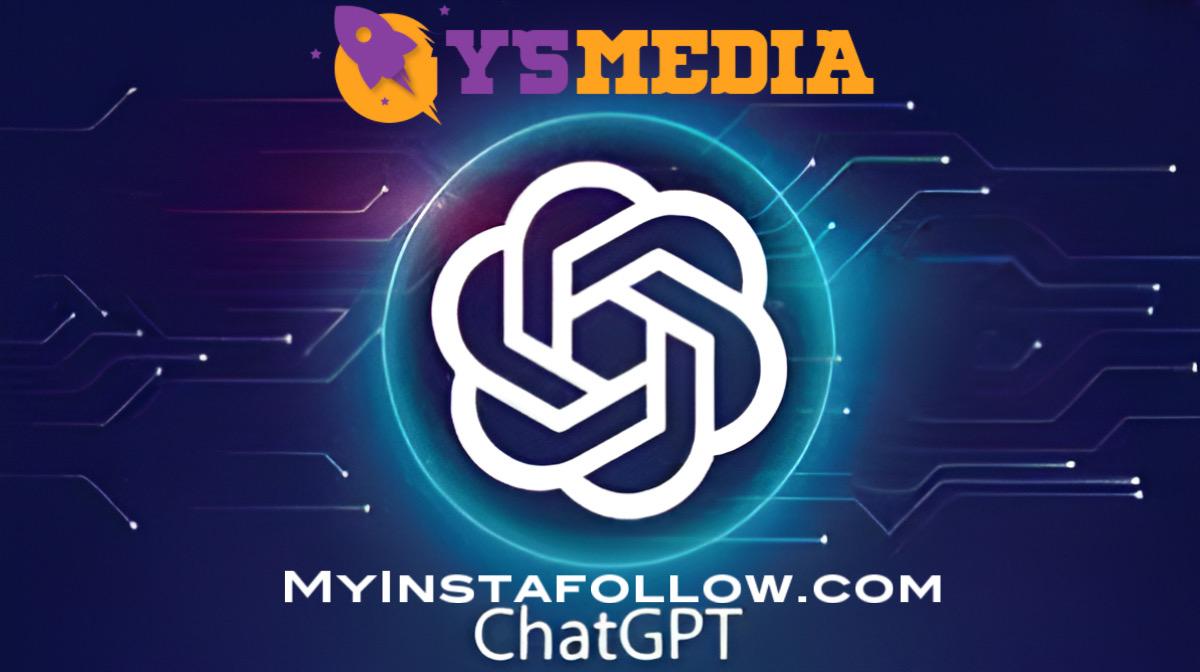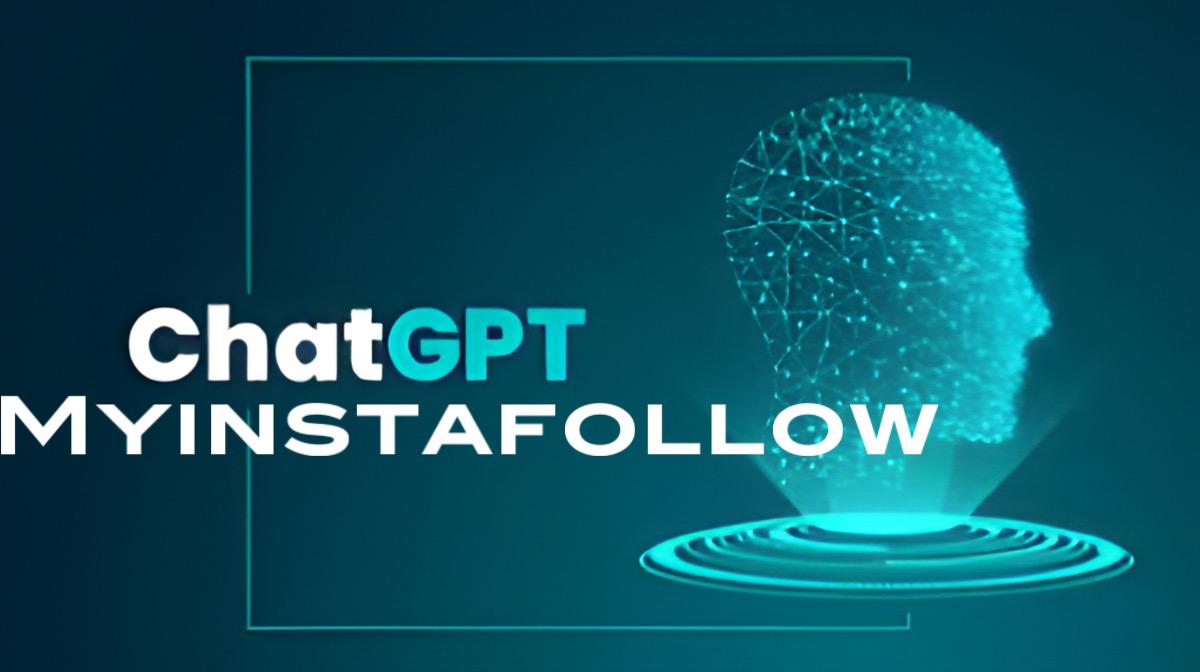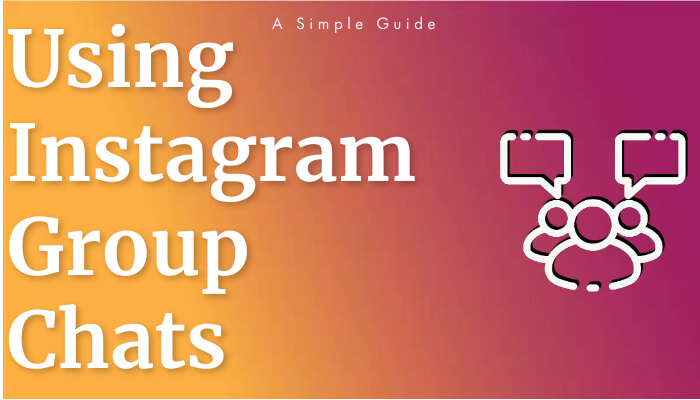
ChatGpt has revolutionized the way humans interact with artificial intelligence, opening up endless possibilities for communication.
In this blog post, we will delve into the fascinating world of ChatGpt technology, exploring its evolution, the neural networks that power it, and the intricate process of training it. From its humble beginnings to the state-of-the-art models, we will uncover the data, algorithms, and models that have shaped ChatGpt into the powerful conversational AI it is today.
Get ready to discover the inner workings of this cutting-edge technology and dive into the realm of infinite conversation.
The Evolution of ChatGpt Technology

ChatGpt, short for Chat Generative Pre-trained Transformer, is a cutting-edge technology that has revolutionized the field of natural language processing.
Its ability to generate human-like responses in real-time conversations has captivated the attention of researchers and developers worldwide. In this blog post, we will delve into the evolution of ChatGpt technology, exploring the advancements that have propelled it to its current state.
The journey of ChatGpt began with the advent of OpenAI's Gpt model, which stands for Generative Pre-trained Transformer.
Gpt introduced the concept of using a large neural network to generate coherent and contextually relevant text. However, early iterations of Gpt lacked the interactive conversational ability that ChatGpt later achieved.
Over time, the developers at OpenAI realized the potential of extending Gpt's capabilities to enable dynamic and responsive conversations.
This led to the birth of the first iteration of ChatGpt, which combined the power of Gpt with additional training on conversational data.
This training process involved exposing the model to vast amounts of dialogue data, allowing it to learn the intricacies of conversation and appropriate response generation.
- Data: High-quality conversational datasets were crucial in training ChatGpt. OpenAI utilized a diverse range of sources, including internet forums, online chatrooms, and social media platforms. This ensured that the model had exposure to a wide array of conversational styles and topics.
- Algorithms: The training algorithms employed to fine-tune ChatGpt underwent continuous refinement. OpenAI utilized advanced techniques such as reinforcement learning, where the model was guided to generate more accurate and coherent responses through a reward mechanism.
- Models: Iterative improvements in the underlying neural network architecture played a pivotal role in enhancing ChatGpt's conversational abilities. OpenAI explored various model architectures, experimenting with different attention mechanisms, layer sizes, and context window sizes to optimize performance.
As a result of this ongoing evolution, ChatGpt technology has witnessed tremendous progress.
The latest iteration, ChatGpt+, has pushed the boundaries of conversational AI even further. It showcases improved response quality, reduced instances of generating incorrect or nonsensical answers, and a better understanding of nuanced queries.

In conclusion, the evolution of ChatGpt technology showcases the remarkable advancements made in the field of conversational AI.
From the foundational Gpt model to the state-of-the-art ChatGpt+, the journey has been marked by continuous improvements in data, algorithms, and models. As researchers and developers push the boundaries further, we can anticipate even greater breakthroughs in the realm of natural language processing and interactive conversations.
The Neural Networks Powering ChatGpt
Neural networks have revolutionized the field of Natural Language Processing (NLP) and have played a crucial role in powering advanced language models like ChatGpt.
These neural networks are complex and intricate systems that mimic the way the human brain functions. With the advent of deep learning and advancements in computational power, neural networks have become more powerful and capable of processing vast amounts of data.
At the core of ChatGpt, there are two main types of neural networks: the encoder and the decoder. The encoder network takes input text and converts it into a numerical representation that can be understood by the machine learning algorithms.
It breaks down the input text into smaller units called tokens and creates a dense vector representation for each token.
These vectors capture the semantic meaning and contextual information of the words. The decoder network takes these encoded vectors and generates meaningful output responses based on the learned patterns and associations.
One of the key components of these neural networks is attention mechanism. Attention allows ChatGpt to focus on different parts of the input text while generating responses. It assigns different weights to the encoded vectors based on their relevance and importance for generating the output.
This enables ChatGpt to pay more attention to certain words or phrases that are critical for producing accurate and contextually appropriate responses.
The attention mechanism is what makes ChatGpt more accurate and coherent in its conversational abilities.
In addition to neural networks, ChatGpt is trained using a combination of data, algorithms, and models. It requires a massive amount of training data to be able to generalize and understand a wide range of topics and contexts.
Large-scale datasets containing text from the internet are used to train ChatGpt in a supervised learning setup. Algorithms like backpropagation and gradient descent are employed to optimize the neural network's parameters and minimize the loss function.
Various models and architectures, such as transformer models, are used to enhance the performance and efficiency of ChatGpt.
In conclusion, the neural networks powering ChatGpt have paved the way for advanced conversational AI models. These networks, coupled with attention mechanisms, enable ChatGpt to process and generate human-like responses.
Through a combination of data, algorithms, and models, ChatGpt has become a powerful tool for NLP tasks and has the potential to revolutionize various industries and applications.
As research in neural networks continues to progress, we can expect even more impressive advancements in the field of language modeling.
Training ChatGpt: Data, Algorithms, and Models

When it comes to training ChatGpt, data, algorithms, and models play crucial roles in shaping its capabilities. The process of training ChatGpt involves feeding it with large amounts of diverse data, optimizing algorithms for effective learning, and utilizing sophisticated models to generate responses.
Let's delve deeper into each of these components to understand how they contribute to the training of ChatGpt.
Data: The availability and quality of data are fundamental for training ChatGpt. OpenAI used a two-step process to collect data for training, starting with supervised fine-tuning where human AI trainers provided conversations and played both sides: the user and the AI assistant. The trainers had access to model-generated suggestions to help them construct responses. The dataset created from this stage went through a cleaning process to remove inappropriate content. In the second step, known as reinforcement learning from human feedback, AI trainers ranked multiple model-generated responses based on their quality. The models were then fine-tuned using a method called Proximal Policy Optimization to improve their performance.
Algorithms: The algorithms used in training ChatGpt are vital for enhancing its learning process. OpenAI employed a technique called self-supervised learning to train their models. This involves making the model predict what comes next in a sentence or paragraph conditioned on previous text. The models were trained to maximize the likelihood of predicting the correct token. To improve performance, a technique called Iterative Refinement was also used, where the model goes through several training stages to fine-tune its generated responses, minimizing errors, and improving the overall quality of output.
Models: OpenAI used a series of models with increasing scale to train ChatGpt. The initial model, known as Gpt-3.5-turbo, was trained using the aforementioned data and algorithms. It was then used to generate a large dataset called the InstructGpt dataset. This dataset was mixed with the ChatGpt dataset and transformed into a dialogue format. The combined dataset was used to train a model with 175 billion parameters, referred to as ChatGpt. It is worth noting that the models utilized a Transformer architecture, which allows them to handle the context and generate accurate responses.
In conclusion, the training of ChatGpt relies on a robust combination of data, algorithms, and models. The availability and quality of data, along with effective algorithms and models, contribute to shaping ChatGpt's capabilities. OpenAI's innovative approach to training ChatGpt has resulted in impressive results, enabling it to provide more coherent and context-aware responses. As technology continues to evolve, we can expect further advancements in the training of AI language models like ChatGpt.







